Angular 20, expected to be released between May 26 and June 1, 2025, packs a load of new features, some experimental improvements, and developer-centric updates, which in general aim at modernizing the Angular framework itself and keeping it in place with the fast-changing world of front-end development. As seen from the new Angular release under consideration, it fits perfectly into Angular’s scheduled acute half-yearly major update calendar, constantly porting innovation while preserving stability.
The preview version for Angular 20.0.0-next.3, which was launched on March 19, 2025, allows developers to test changes one step ahead. Similar to other major releases, Angular 20 will provide six months of active development and an extra twelve months of long-term support. Such a predictable release cycle instills faith in the Angular community to go ahead and adopt new versions.
Some Major Features and Improvements
1. Selectorless Components
The following discusses the advantages of selectorless components in Angular 20 as applied to component usage:
- Direct Imports: Importing components into TypeScript wdoesn’t require unnecessary declarations.
- Less Boilerplate: The rationale for fewer lines of code is increased ease of refactoring and updating.
- Better Standalone Components: Ergonomics and usability have been improved.
This feature states that, while optionally importing all components to one type of import, the need arises to inter-import the same components into two different modules: the module file and the component file. Through this, an option has simplified the development.
2. Reactive API Improvements
Angular 20 introduces-
- Effect API: Manages side effects optimally by reacting automatically to signal changes for debugging and state persistence, among other things.
- Resource API: Handling asynchronous operations is easier, as it ties together async data with signal-based code to offer a cohesive approach to data fetching and state management.
3. Improved Testing Facilities
Karma has been deprecated, and Angular 20 is introducing an experimental default test runner with several contenders:
- Web Test Runner: This is already integrated into Angular CLI; it is a popular choice for browser-based testing.
- Vitest: Known for its high speed and lightweight abilities, it supports ESM.
4. Zoneless Change Detection
Angular 20 marks a watershed moment as it sees the departure from Zone.js and the introduction of zoneless change detection. Promises of Change include:
- Improved Performance: Fast rendering and runtime.
- Reduced Bundle Size: With Zone.js gone, application bundle sizes decrease.
- Easy to Debug: Cleaning stack traces helps to ease troubleshooting.
From now on, it will be up to the developers to perform manual change detection using either ChangeDetectorRef or ApplicationRef while using Angular Signals for automatic updates in the UI. This more or less aligns Angular with modern reactive paradigms influenced by Google’s very own high-performance Wiz framework.
5. Incremental Hydration and Rendering Mode
Angular 20 is derived from Featag Release 19. Wide release features lead to stabilization with a technique called incremental hydration.
- Faster Load Times: Improves Largest Contentful Paint (LCP) metrics.
- More SSR: Get more SEO results and initial load performance.
- Flexible Rendering: Supports various rendering modes for performance optimization.
This advancement means the utilization of the @defer directive to aid in faster hydration, leading to faster client-side applications.
6. Accessibility Primitives
With a big focus on inclusive design, Angular 20 will implement accessibility primitives inspired by community-driven initiatives like Angular Primitives. These primitives allow developers to create applications that everyone can use, irrespective of ability.
7. Signal-Based Forms
Angular 20 includes experimental support for signal-based forms with the objective of reactivity and scalability for form management:
- Unified Reactivity: Forms stay inside Angular’s reactive system.
- Better Scalability: More amenable to big form structures.
- Real-Time Updates: Uses computed signals to perform validations and state management instantaneously.
Therefore, a signal for a field will update the respective inputs, and updates for calculated signals will paste down the chain the relevant values computed for all validations. Making forms much more efficient and responsive.
Additional Enhancements in Angular 20
For all major features like zoneless change detection and signal-based forms, many smaller but meaningful improvements were introduced in Angular 20 that improve the developer experience, enable cleaner code, and create a good possibility for innovative features. Here are some other lesser-known details worth taking notice of:
Tagged Template Literals in Templates
- In Angular 20, tagged template literals are completely supported in these templates. This marks one of the efforts toward modernizing Angular’s templating syntax.
- Such enhancement allows for a much freer and unified definition of templates in the projects that lean toward inline templates.
- It also improves syntax highlighting for the developers, supports more integration in tooling, and assists in the maintainability of template code mixed within TypeScript files.
- This becomes even more beneficial in a component-driven way of constraining development and speaks of a more global effort that Angular is pursuing by making the template authoring easier.
Two-Way Binding for Dynamically Created Components
- For a long time, Angular 20 was two-way data binding for dynamically created runtime components.
- That means data flow between parent and child components can be very simply managed without components being statically defined in a template.
- Cleaner code results in less manual workarounds, with smooth communication among different components in a dynamic UI- for example, a form generator, modal, or component-based content renderer.
Cleanup of Deprecated APIs
TestBed.gethas been superseded and is now replaced withTestBed.injectin unit tests, which is the recommended and most coherent way.- The InjectFlags API has also been removed from Angular’s public interface to reduce the complexity and misuse of it by developers.
- These changes provide best practices and enhance uniformity amongst Angular applications.
Experimental httpResource API
- The experimental httpResource API is designed to make HTTP data handling more reactive and efficient in Angular 20.
- It aligns quite well with Angular Signals, which offers reactive tracking of an HTTP request state: idle, loading, success, or error.
- More control is provided through the API for data updates and refresh cycles, allowing developers to write clean and declarative code for handling asynchronous operations.
- The API is in preview for now, which hints at a potential reactive alternative to the traditional Angular HttpClient.
CLI & Testing Tooling Enhancements
- The Angular CLI has received incremental but hugely impactful focus changes, mainly on the testing workflow.
- Performance enhancements for faster test execution and improved output during development.
- For developers, clearer debugging messages and integration with upcoming test runners will be easier.
- Such updates keep Angular’s CLI efficient and usable in modern-day app development.
At a glance, these enhancements may seem incremental. They contribute significantly to an increasingly modern, efficient, and developer-friendly Angular ecosystem. They signify Angular’s commitment to continual refinement—balancing major innovations alongside subtle enhancements under the hood.
Check out Open-Source Angular Chart Libraries
Conclusion
Angular 20, without a doubt, is the most ambitious and exciting framework release yet. Implementing a zoneless architecture and modern reactivity with Signals, robust testing workflows, and the emergent accessibility-first approach, Angular stands as one of the trade’s cutting-edge yet stable platforms to build scalable web apps in 2025 and beyond.
Whether upgrading projects from a prior version or starting a new one, Angular 20 equips you with tools to simplify development and improve performance across the board.
Ready to Take Advantage of Angular 20?
Are you trying to upgrade or start your next project with Angular 20? Our experts can help modernize your architecture with Signals and zoneless detection, plus build really fast applications leveraging the latest capabilities of Angular.
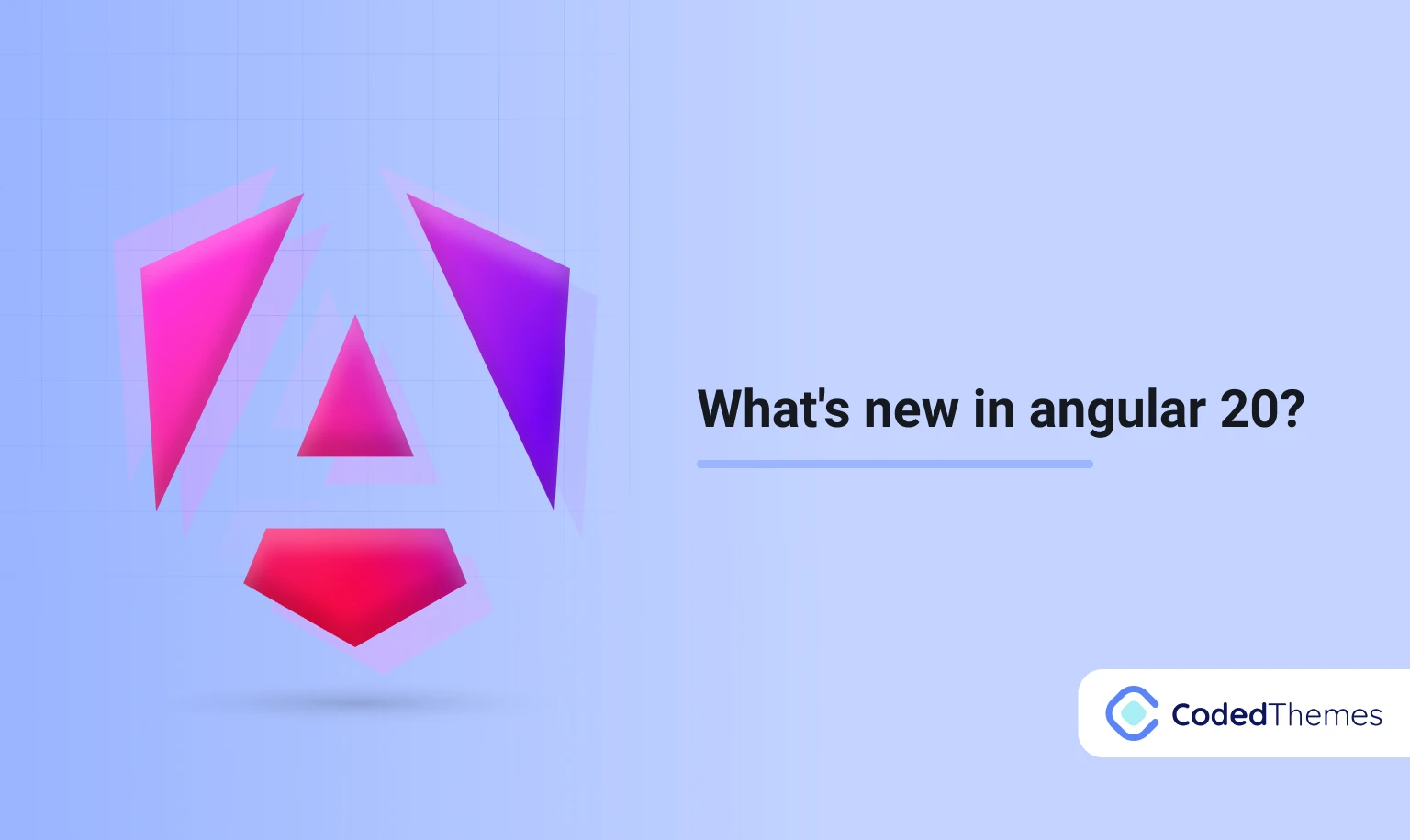
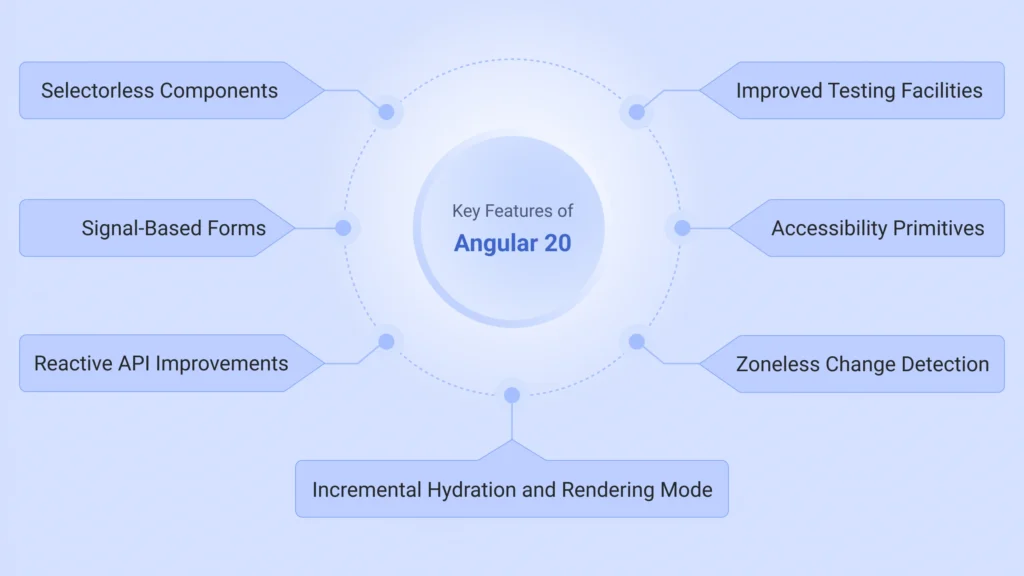



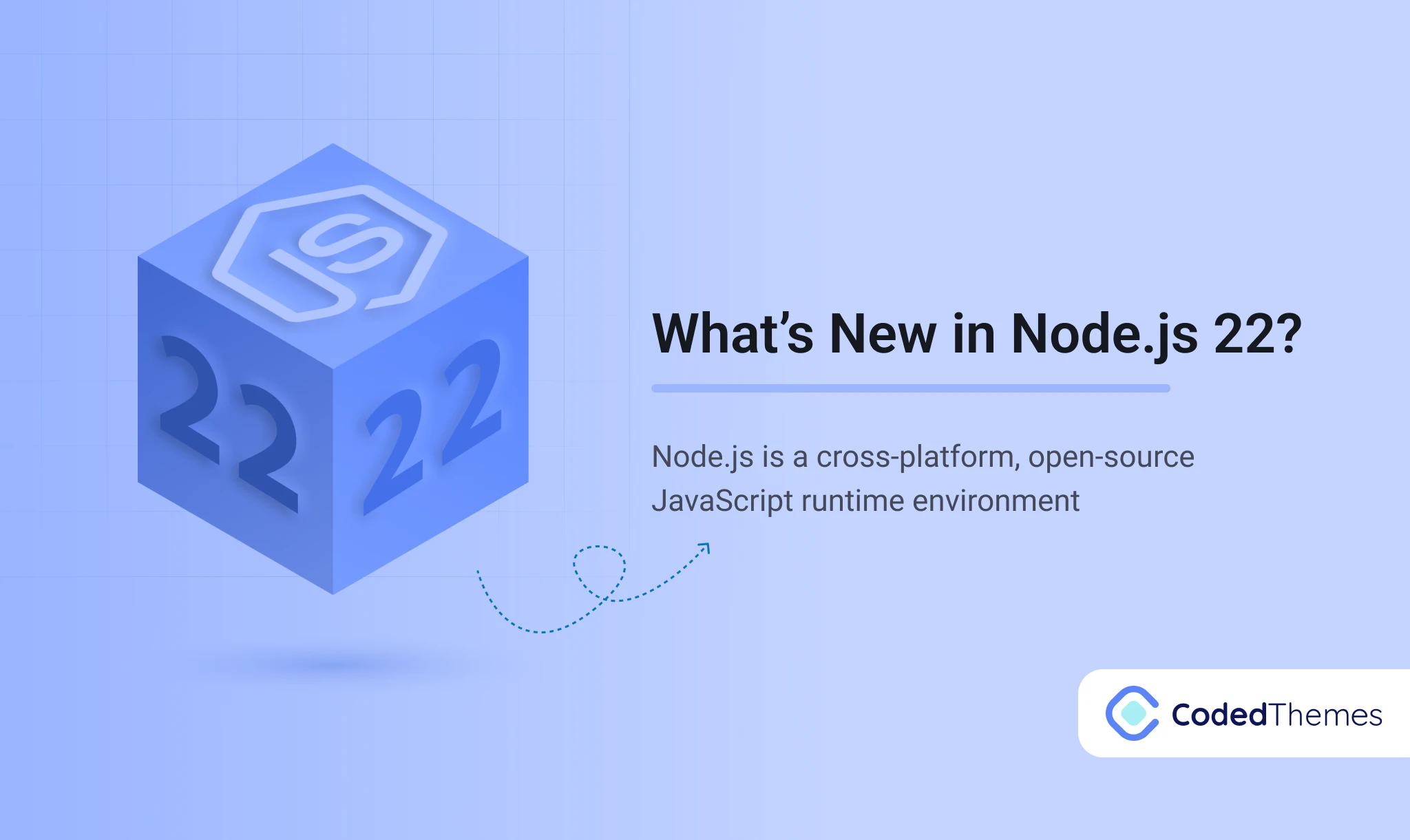
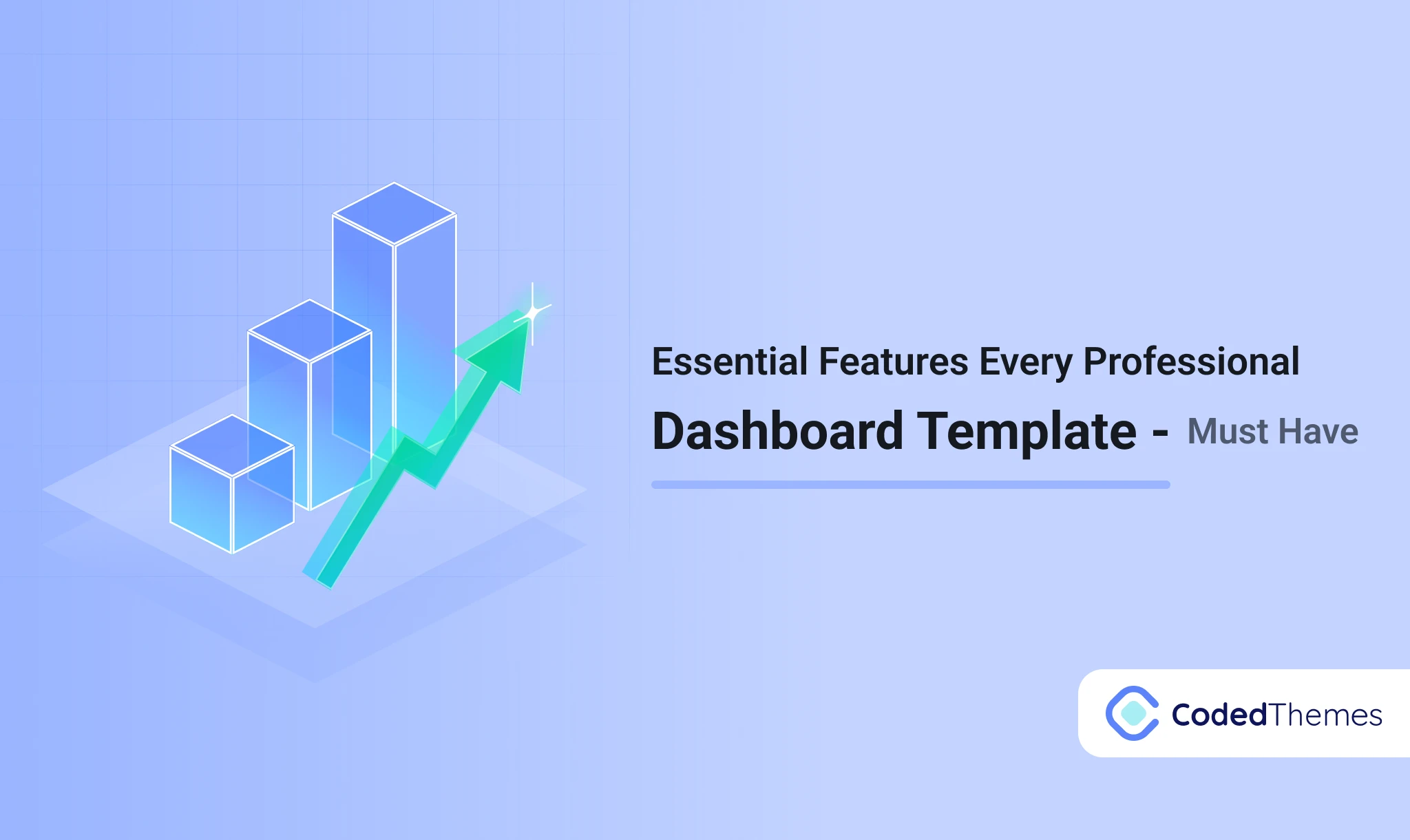



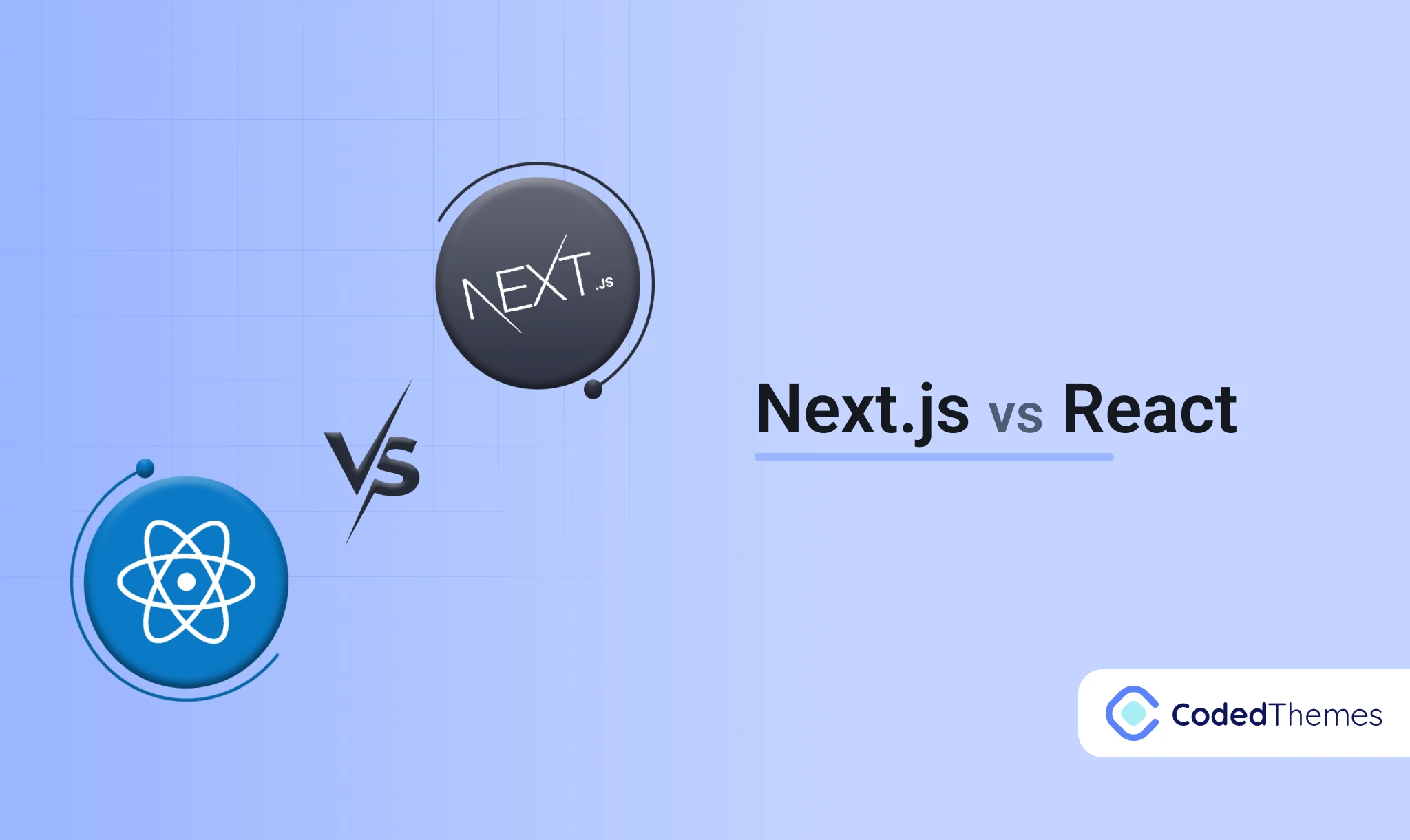



Comments